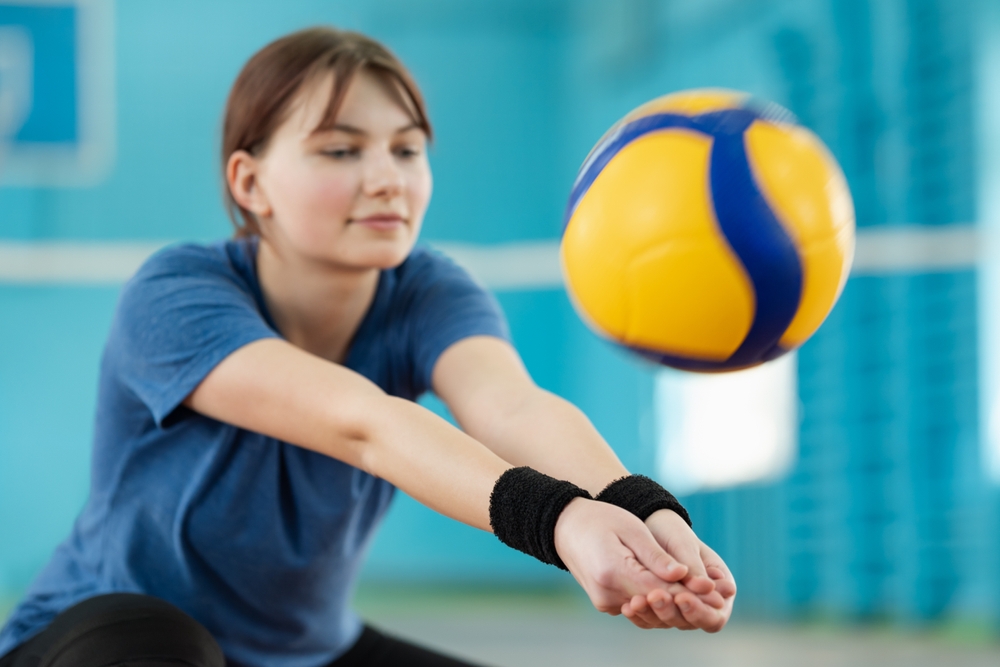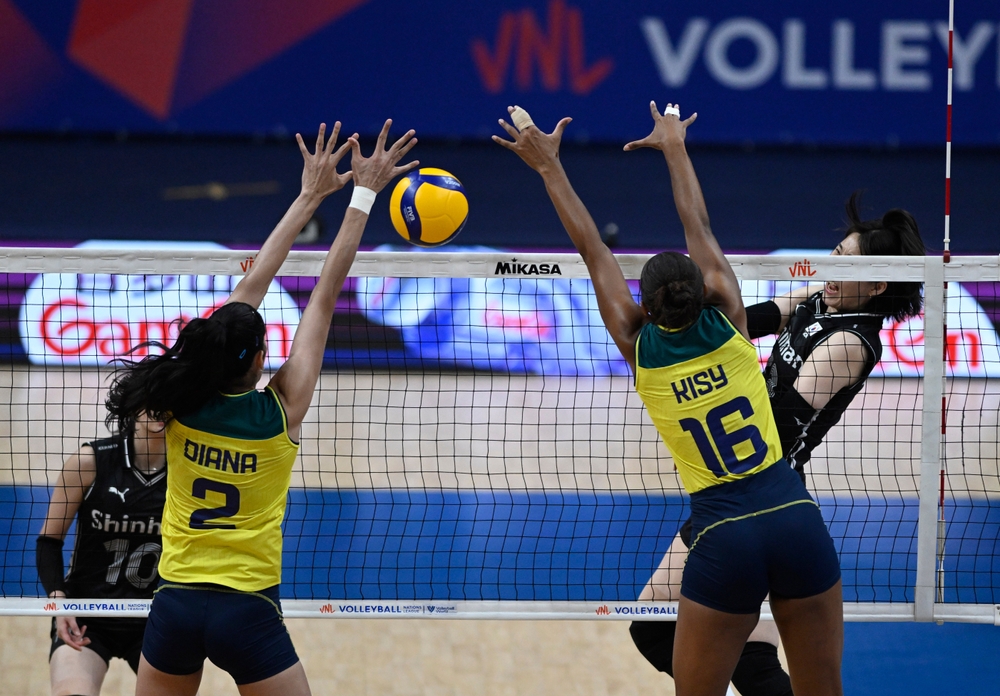Volleyball is a thrilling game where every play counts and serving is one of the most critical skills you can master. A good serve can set the tone for the whole match, putting pressure on your opponents from the very start. Whether you’re a beginner or looking to refine your technique, here are some straightforward tips and techniques to help you improve your serve and boost your performance on the court.
Understanding the Basics of a Volleyball Serve
Before divBefore diving into advanced techniques, let’s cover the basics first. The serve is your initial opportunity to make a significant impact in the game. It’s the only time you have complete control over the ball and where it goes. There are a few main types of serves in volleyball:

1. Underhand Serve: This is often the go-to serve for beginners. You hold the ball with one hand and strike it with the other, aiming to keep it low and straight. It’s easier to control but can be less challenging for opponents to receive.
2. Overhand Serve: A more advanced technique, this serve involves tossing the ball into the air and hitting it with a strong, open hand. It’s powerful and can be more difficult for opponents to handle, but it requires good timing and technique.
3. Float Serve: This serve involves hitting the ball with minimal spin, causing it to move unpredictably. It’s tricky for opponents to read and can be very effective if executed well.
4. Topspin Serve: By hitting the ball with topspin, it drops quickly after crossing the net. This serve can be challenging for opponents to receive due to its speed and downward trajectory.
Tips for Improving Your Serve
1. Practice Your Toss: A consistent toss is key to a successful serve. Practice tossing the ball to the same height and position every time. The toss should be high enough to give you time to strike it with power, but not so high that it’s difficult to control.
2. Focus on Your Form: Good serving form involves several key elements:
– Stance: Stand with your feet shoulder-width apart. If you’re serving with your right hand, position your left foot slightly ahead of your right.
– Grip: Hold the ball lightly in your non-dominant hand and keep your hitting hand open and relaxed.
– Swing: For an overhand serve, use a full-arm swing and follow through smoothly. For an underhand serve, use a short, controlled motion.
3. Use Your Body: Don’t rely solely on your arm strength. Your whole body should be involved in the serve. Engage your core and legs to generate power. A strong, coordinated movement will improve the speed and accuracy of your serve.
4. Aim for Accuracy: While power is important, accuracy can be even more crucial. Aim for specific areas on the opponent’s side of the court, such as the corners or between players. This can make it harder for them to set up their return.
5. Mix It Up: Don’t be predictable. Vary your serves to keep opponents guessing. Alternate between float serves, topspin serves, and underhand serves to create confusion and increase your chances of scoring an ace.
6. Stay Relaxed: Nervousness can affect your performance. Stay calm and confident. Take a deep breath before serving and focus on your technique rather than the outcome.
Common Mistakes to Avoid

1. Inconsistent Toss: An erratic toss can throw off your timing and accuracy. Practice consistently to improve your toss.
2. Over-Hitting: Trying to serve too hard can lead to mistakes. Focus on controlled power rather than sheer force.
3. Neglecting Follow-Through: A proper follow-through helps with both power and accuracy. Don’t stop your motion abruptly; allow your arm to swing naturally.
4. Ignoring Positioning: Serving from the wrong position on the court can affect your serve’s effectiveness. Make sure you’re in the right spot to serve effectively.
Conclusion
Mastering the serve in volleyball takes practice, patience, and attention to detail. By focusing on your toss, form, body movement, and accuracy, you can significantly enhance your serving skills and make a stronger impact on the game. Remember to stay relaxed and keep practicing different types of serves to keep your opponents on their toes. With dedication and these tips in mind, you’ll be well on your way to becoming a serving powerhouse on the court.

